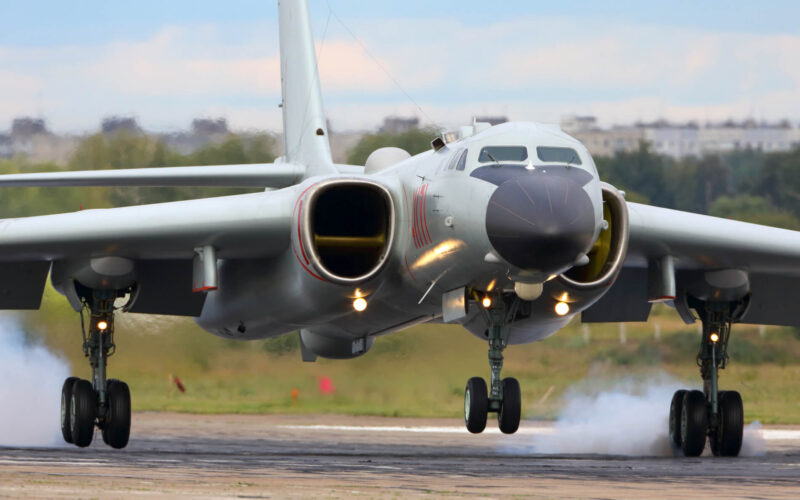The Taiwanese Ministry of National Defense reported that the Chinese People’s Liberation Army Air Force (PLAAF) flew about 380 sorties into the country’s air defense identification zone (ADIZ) in 2020, the highest since 1996.
China does not recognize the sovereignty of Taiwan and thus considers the Formosa Strait which separates the island from the continent as part of its territorial waters. Tensions on both sides of the Strait have grown steadily since the election of Tsai Ing-wen in 2016. A strong advocate for Taiwan’s independence, Tsai was reelected in January 2020.
The Institute for National Defense and Security Research, responsible for compiling the data on behalf of Taiwan’s Ministry of Defense, said the surge of activity was a reaction to the warming of the relationship between the island country and the United States.
Indeed, throughout Donald Trump’s presidency, over ten arms sales were concluded. The latest was the purchase of four Medium Altitude Long Endurance (MALE) MQ-9B SeaGuardian drones in November 2020. Shortly before, weapons including anti-ship cruise missiles were also sold for a total of $4.6 billion.
The Chinese incursions of military planes, ranging from surveillance aircraft to strategic bombers, offer an opportunity for the PLAAF to test the reaction time of the island’s defenses. In September 2020, the Taiwan government said its air force activity had jumped 129% in 2020 due to the repeated and regular intrusions of Chinese military planes.
And the new year did not change much to the situation, as the Taiwanese defense has already reported four incursions by Chinese intelligence planes between January 2 and 5, 2021.
Currently, the Taiwanese Air Force (ROCAF) operates over a hundred F-16, 52 Mirage 2000, and 128 F-CK-1 Ching-Kuo, an indigenous design based on the F-16. In August 2020, Taiwan placed an order of 66 new F-16 fighter jets for a total of $62 billion.

